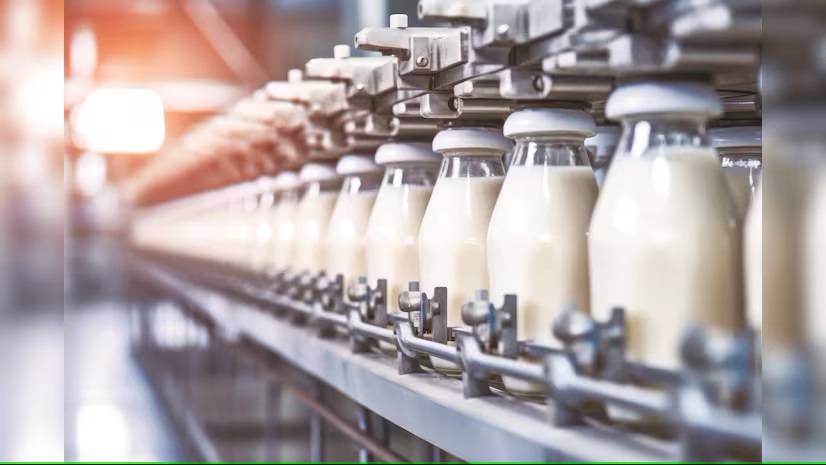
Summer is usually when liquid milk supplies go down and the reliance on skimmed milk powder (SMP) stocks increases; however, lower production during winters mean SMP may also be in short supply.
Summer, or the ‘lean season’ in industry parlance, is usually when liquid milk supplies fall and reliance on skimmed milk powder (SMP) stocks – also called as products in some quarters – goes up. A good stock of SMP ensures that the lean months pass without any glitch in both prices and supplies.
Roughly, 10 litres of milk is needed to produce one kilogram of SMP. Companies rehydrate the SMP during lean season to ensure a steady supply of liquid milk.
The so-called flush season usually starts with the advent of winter in the month of October while the lean months begin with the start of summer around March. The surplus milk from the flush season is converted into powder, and helps tide over any supply shortfall in the lean season.
This year, however, several industry players caution that the just-concluded flush season has not been as good as earlier. In a downstream effect, this raises the prospect of dairies and milk companies not having procured sufficient quantities of surplus milk for conversion into powder for use during summer.
Moreover, the existing stocks of SMP from the previous flush season is also likely to have reduced over the past few months. All this has triggered fears that milk procurement rates for both cows and buffaloes, which has been fairly stable since the last few months, might see a rise in the coming months.
Already, the Karnataka state government has raised the prices of its popular brand across all variants by Rs 4 since April 1. In milk, procurement rates are directly proportional to the retail price that consumers pay as more than 80 per cent of the price is passed on to the farmers.
Other major milk cooperatives and dairies last hiked prices in June 2024, immediately after the general elections.
At the time, while dairies in north India raised prices to cover for losses incurred in procuring milk to make SMP at high rates, those in west and south India were lowering their liquid milk rates as they did not want to make more SMP to avoid an overload of inventory.
Later, in January 2025, Amul, one of the worlds largest dairy brands, lowered liquid milk rates by Rs 1.
Presently, industry sources said that milk procurement rates for cows has been largely stable since the last 3-4 months at around Rs 33-34 per kg.
Prices had risen to almost Rs 37-38 per kg during the same time last year before dropping due to rising supplies.
Procurement rates for buffalo milk with 6 percent fat and 9 per cent solids-not-fat has been stable around Rs 50-52 per litre for the past 2-3 months.
Trade sources said India currently might have SMP stocks of around 30,000-40,000 tonnes, albeit with only a select companies. To ensure adequate supply during summers, however, stocks should ideally be at about 100,000-115,000 tonnes.
SMP rates, too, have hardened from around Rs 210-215 per kg in November to around Rs 270-285 per kg at present. Globally, too SMP rates have hardened in the last few weeks and are presently quoting at around Rs 247.39 per kg, as per the latest auction report. However, trade and industry people say global rates are still at a huge discount compared to Indian SMP prices.
India is projected to produce around 231 million tonnes (MT) of milk in 2022-23, about 10 MT more than the 221 MT last year. Assuming a growth rate of 4.5 percent, milk production in 2023-24 is projected to be around 241-242 million tonnes.
You can now read the most important #news on #eDairyNews #Whatsapp channels!!!
🇮🇳 eDairy News ÍNDIA: https://whatsapp.com/channel/0029VaPidCcGpLHImBQk6x1F

















